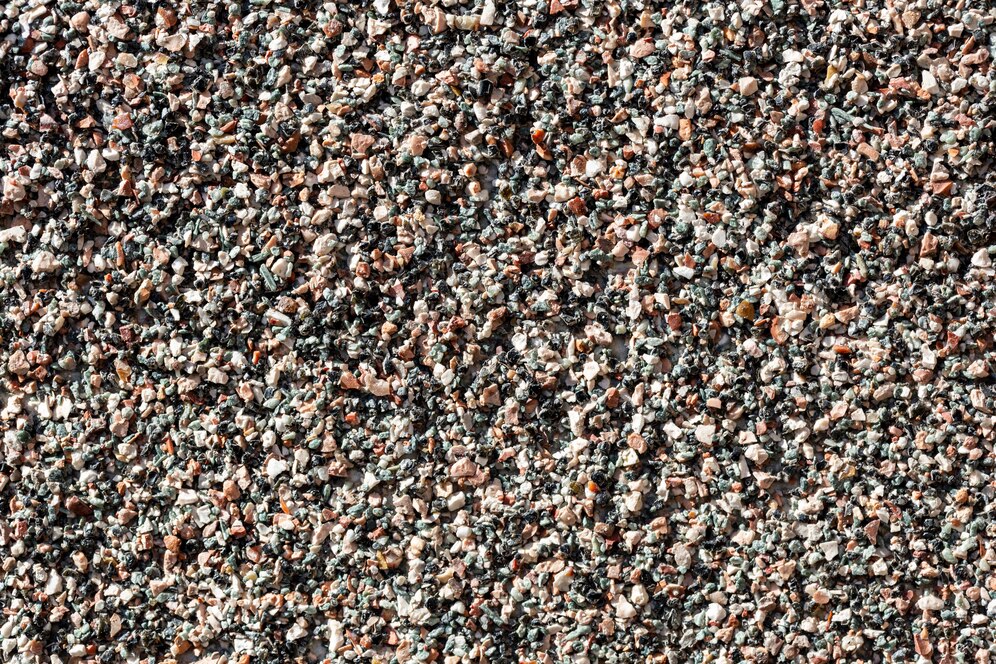 Microsilica, also known as silica fume or condensed silica fume, is a highly effective mineral admixture used in concrete to enhance its strength, durability, and overall performance. Composed of fine silicon dioxide particles, microsilica significantly improves the properties of both fresh and hardened concrete. This article explores the composition, characteristics, and practical applications of microsilica in concrete.
Microsilica, also known as silica fume or condensed silica fume, is a highly effective mineral admixture used in concrete to enhance its strength, durability, and overall performance. Composed of fine silicon dioxide particles, microsilica significantly improves the properties of both fresh and hardened concrete. This article explores the composition, characteristics, and practical applications of microsilica in concrete.
What is Microsilica?
Microsilica consists of extremely fine glassy spheres of silicon dioxide and is typically produced as a by-product during the manufacturing of ferrosilicon and metallic silicon in high-temperature electric arc furnaces. The fine particles of microsilica fill voids between cement particles, creating a more uniform distribution of hydration products and reducing pore sizes in the cement paste. This results in enhanced mechanical properties and protection against aggressive environmental conditions.
Forms of Microsilica
Microsilica is available in three main forms:
- Powdered Microsilica
- Condensed Microsilica
- Slurry Microsilica
Each form is suited to specific applications, offering versatility in how microsilica can be incorporated into concrete mixes.
Effects of Microsilica on Concrete
- Effects on Fresh Concrete
Microsilica reduces the chances of segregation, making it an effective aid in concrete pumping.
It minimizes bleeding, which allows for early finishing of concrete surfaces.
The addition of microsilica can decrease the workability and consistency of fresh concrete, requiring adjustments in the mix design.
- Effects on Hardened Concrete
Microsilica greatly enhances the properties of hardened concrete, including:
- Compressive Strength: The fine particles of microsilica contribute to improved compressive, tensile, and flexural strength.
- Bond Strength: The addition of microsilica enhances the bond between concrete and embedded materials, such as reinforcement steel.
- Abrasion Resistance: Microsilica increases the abrasion resistance, making concrete more durable under wear and tear.
- Reduced Permeability: It significantly reduces the permeability of concrete, which helps protect against the ingress of harmful chlorides and chemicals, extending the lifespan of reinforcement steel.
- Impact and Cavitation Resistance: Microsilica improves resistance to physical impacts and cavitation.
- Sulphate and Chemical Resistance: Microsilica strengthens concrete’s resistance to sulfate attacks and various chemicals.
- Heat Reduction: It reduces the amount of heat generated during cement hydration, minimizing the risk of thermal cracking.
Properties of Microsilica
- Microsilica is a fine powder, ranging in color from nearly white to black.
- The particles are spherical and less than 1 mm in diameter.
- The bulk density of microsilica varies based on its densification, ranging from 130 to 600 kg/m3.
- It has a specific gravity between 2.2 and 2.3, making it lightweight compared to other materials.
Advantages of Microsilica
Microsilica offers several key advantages in concrete applications:
- It reduces the risk of thermal cracking due to heat produced by cement hydration.
- Microsilica enhances concrete’s resistance to sulfate and acidic water attacks.
- It reduces early-age temperature rises, which is critical for large-scale pours.
- Economically, microsilica is a cost-effective addition, reducing the overall cost and weight of concrete slabs.
- The addition of microsilica lowers efflorescence by refining the pore structure and increasing the consumption of calcium hydroxide.
Practical Uses of Microsilica in Concrete
Microsilica is used in a wide range of concrete applications, such as:
- Waterproof Concrete
- High-Strength Concrete
- Shotcrete
- Specifying for Durability
Additionally, it finds applications in elastomeric, polymer, refractory, ceramic, and rubber products.
Conclusion
Microsilica has revolutionized concrete technology by enhancing its strength, durability, and chemical resistance. Its widespread application in the construction industry ensures that structures built with microsilica concrete are better equipped to withstand harsh environments, making it a valuable addition to modern construction projects.
Subscribe to my channel on YouTube to gain access to a wealth of knowledge and expertise that can elevate your understanding of Real Estate, project management concepts, & Construction.
Related Articles:
Real Estate
 Microsilica, also known as silica fume or condensed silica fume, is a highly effective mineral admixture used in concrete to enhance its strength, durability, and overall performance. Composed of fine silicon dioxide particles, microsilica significantly improves the properties of both fresh and hardened concrete. This article explores the composition, characteristics, and practical applications of microsilica in concrete.
Microsilica, also known as silica fume or condensed silica fume, is a highly effective mineral admixture used in concrete to enhance its strength, durability, and overall performance. Composed of fine silicon dioxide particles, microsilica significantly improves the properties of both fresh and hardened concrete. This article explores the composition, characteristics, and practical applications of microsilica in concrete.